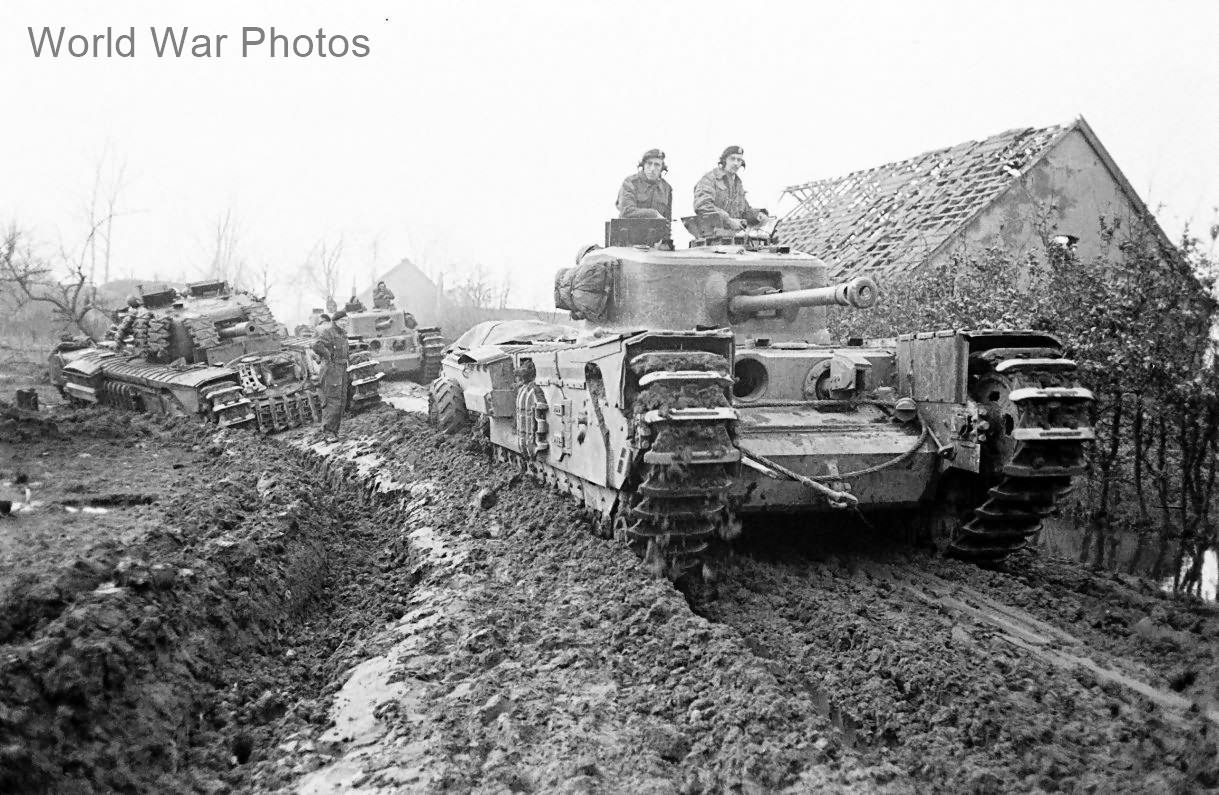British tank crews were generally well-trained in the technical aspects of their roles, making it easier for replacements to integrate into established crews. However, only those destined to become tank commanders received tactical training. This created a significant problem when commanders, who were disproportionately likely to become casualties, needed to be replaced by other crew members who had no tactical training.
Tactical training itself was relatively limited, typically focused at the troop or squadron level. Occasional regimental exercises allowed larger units to train together, but there were few opportunities for large-scale operations due to space limitations. For example, the 6th Guards Tank Brigade only conducted one brigade-level exercise (Exercise Blackcock in September–October 1943) before D-Day, and most Churchill regiments had minimal practice working alongside infantry.
A major disadvantage for Churchill crews was their lack of combat experience. While many British tank units had gained experience in the North African desert and were still fighting in Italy, none of these battle-hardened units were assigned to infantry tanks like the Churchill. As a result, the Churchill regiments landed in Normandy with no actual combat experience, placing them at a disadvantage compared to their more experienced German opponents. However, they would quickly gain experience in the intense fighting that followed.
